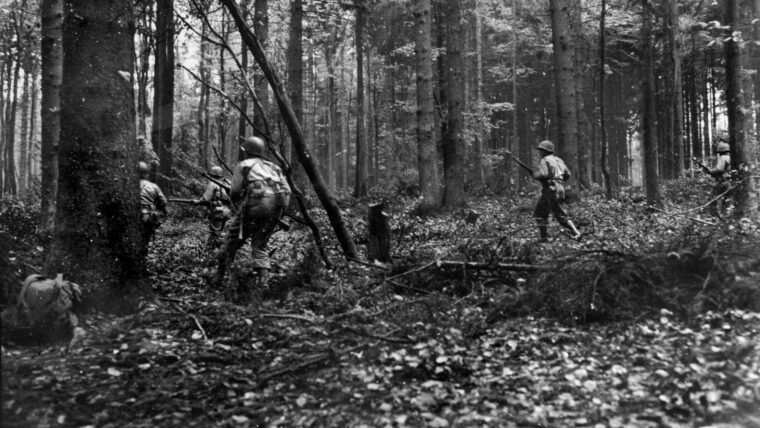
Battle of Hurtgen Forest: Hell in a Dark Wood
By Raymond E. BellAt the town of Schmidt in the Hürtgen Forest, it was hard to see through the thick mist and steady drizzle on the cold and damp morning of Saturday, November 4, 1944. Read more

At the town of Schmidt in the Hürtgen Forest, it was hard to see through the thick mist and steady drizzle on the cold and damp morning of Saturday, November 4, 1944. Read more
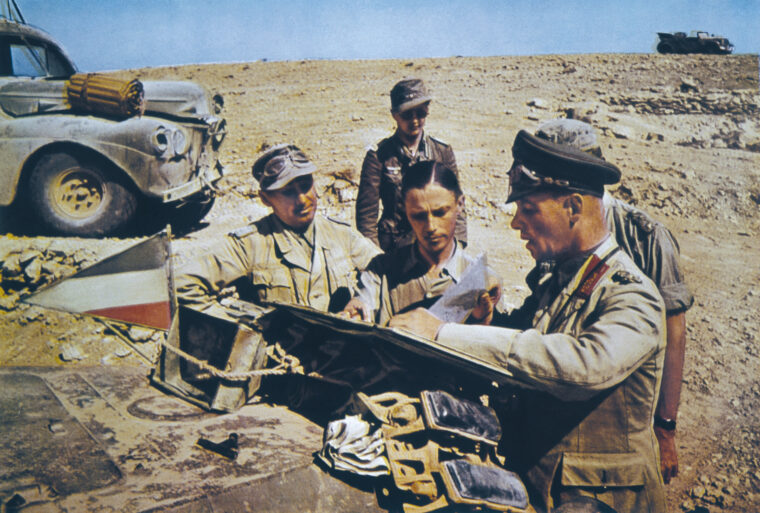
Even before the end of World War II, German General Erwin Rommel’s fame was such that he was already being elevated into the Valhalla of such legendary warriors as Hannibal against the Roman Empire, Napoleon during his defensive campaigns of 1813-1814, and Robert E. Read more
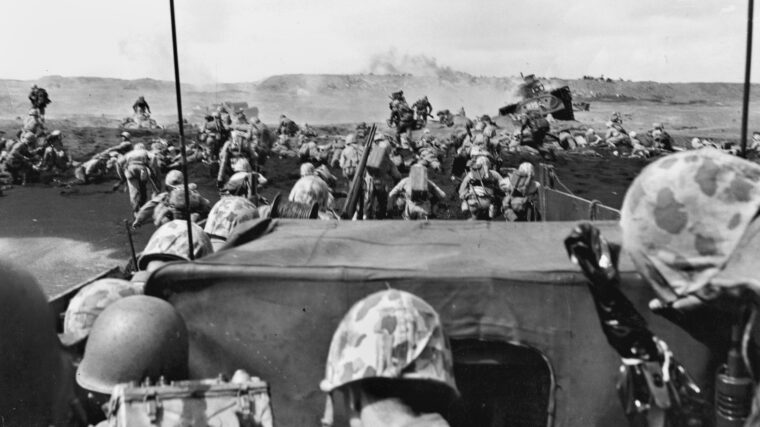
“You know,” said Marine Maj. Gen. Clifton B. Cates to a war correspondent on the eve of Operation Detachment, the invasion of Iwo Jima, “if I knew the name of the man on the extreme right of the right-hand squad of the right-hand company of the right-hand battalion, I’d recommend him for a medal before we go in.” Read more
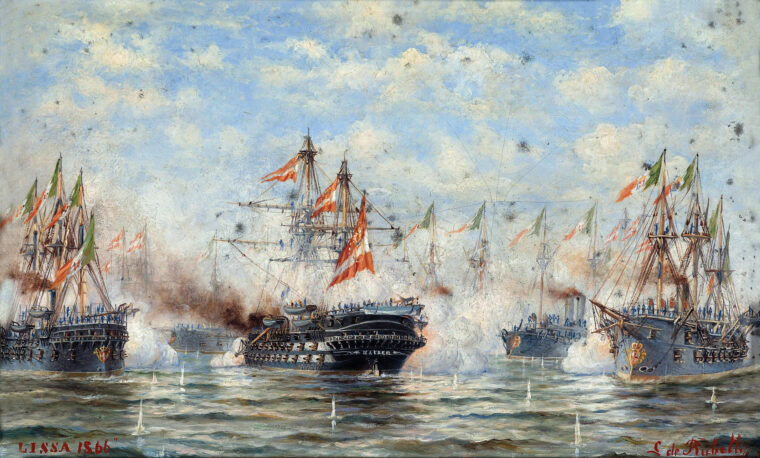
Narrrowly avoiding a fatal blow from the Italian ironclad ram Affondatore, Commodore Anton von Petz, commander of Austrian wooden-hulled ship of the line Kaiser, came under fire from the heavy rifled guns of another enemy ironclad, the Re di Portogallo, on July 20, 1866, near the Dalmatian island of Lissa in the Adriatic Sea. Read more
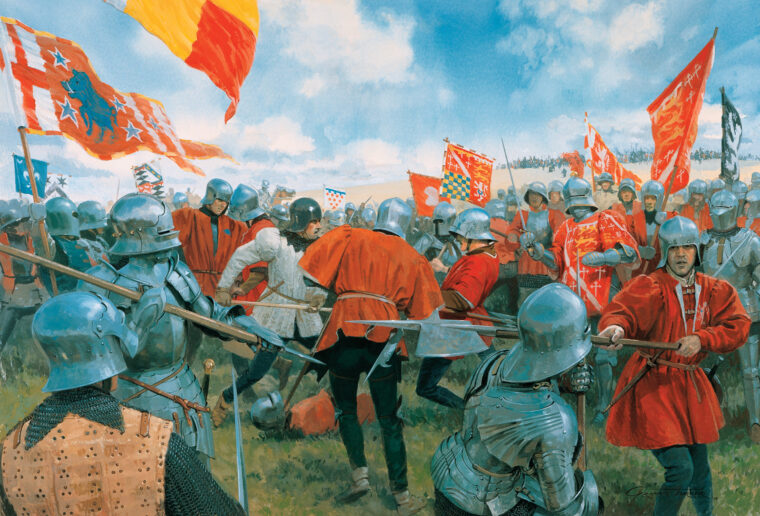
The men of Bridport on the coast of southwestern England kept extra weapons on hand to deal with the raids endemic during the Hundred Years War that preceded the Wars of the Roses. Read more
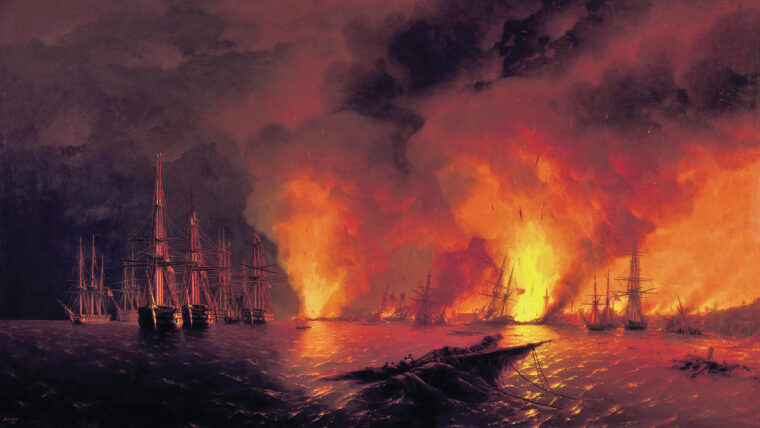
It was late in the morning of November 30, 1853, and the Black Sea was living up to its name. Read more
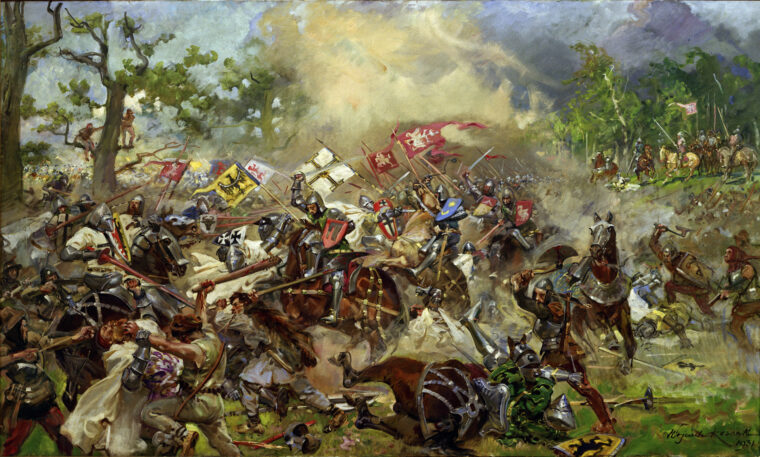
From his position opposite the left wing of the Teutonic Knights, Lithuanian Grand Duke Vytautas watched closely as the Teutonic Order redressed its lines at mid-morning in the already sweltering summer sun. Read more
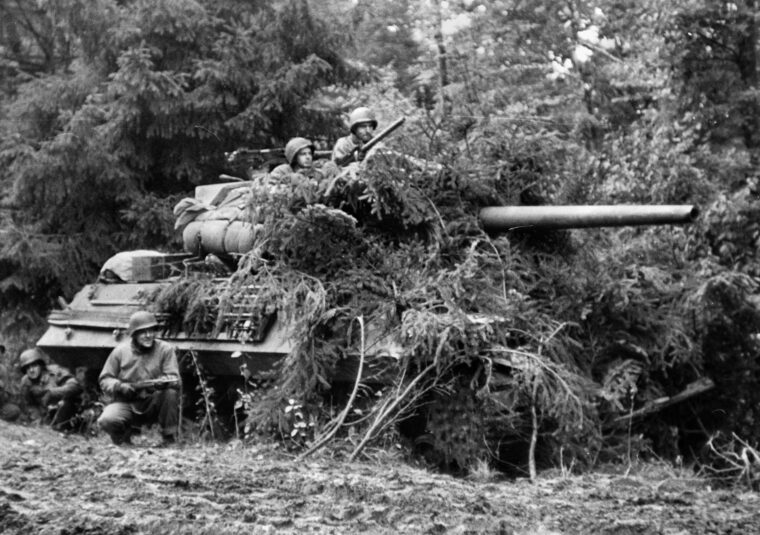
Scouts for the U.S. Third Army on foot and in armored vehicles cautiously approached the town of Luneville on the east side of the Moselle River in the rolling hills of north- eastern France on September 15, 1944. Read more
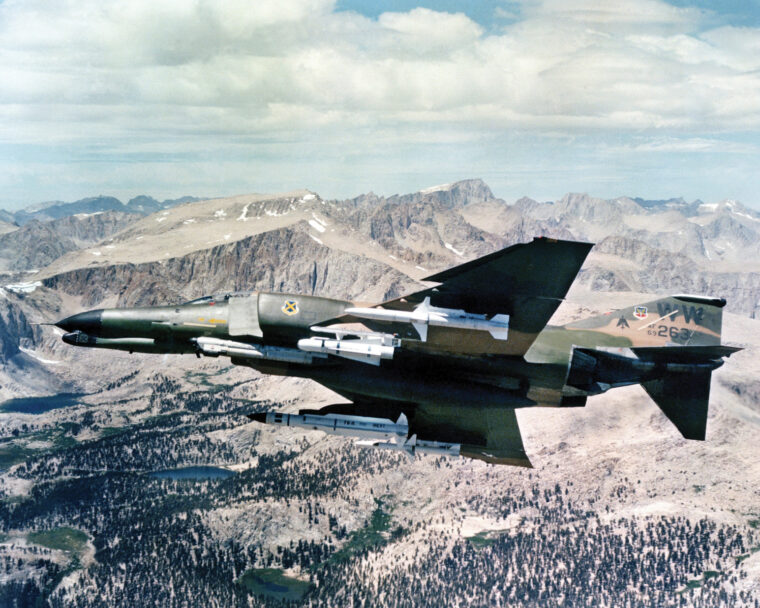
Captain John E. Donovan, an electronic warfare officer, monitored the equipment in his F-100F Super Sabre fighter. It was December 22, 1965, and his plane was part of a strike mission searching out enemy antiaircraft sites. Read more
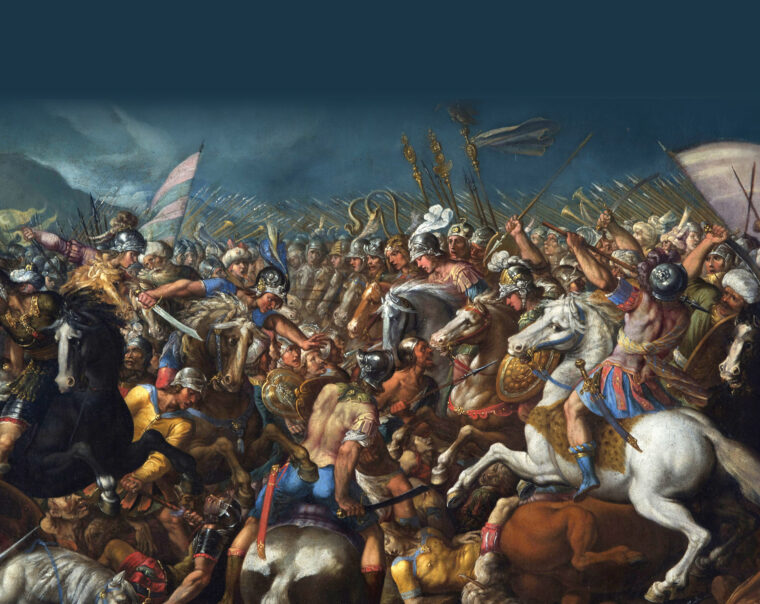
Two Generals met in the Fall of 202 BC in a last-ditch attempt to secure a mutually agreeable peace between their respective nations. Read more
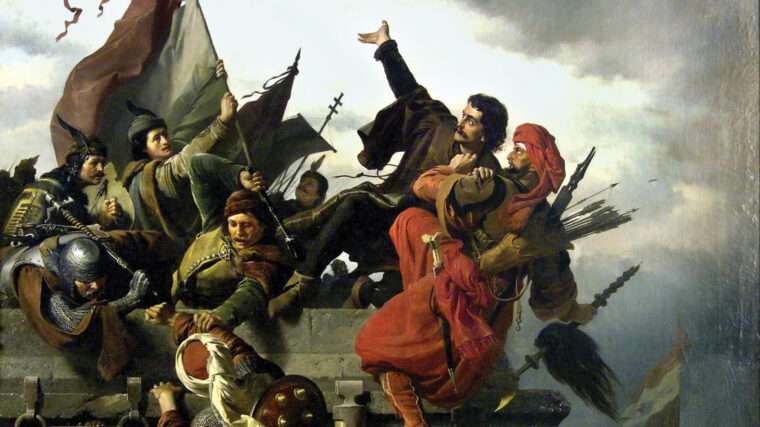
Janos Hunyadi, Hungary’s national hero, was one of the great captains in the war between Europe and the Ottoman Turks. Read more
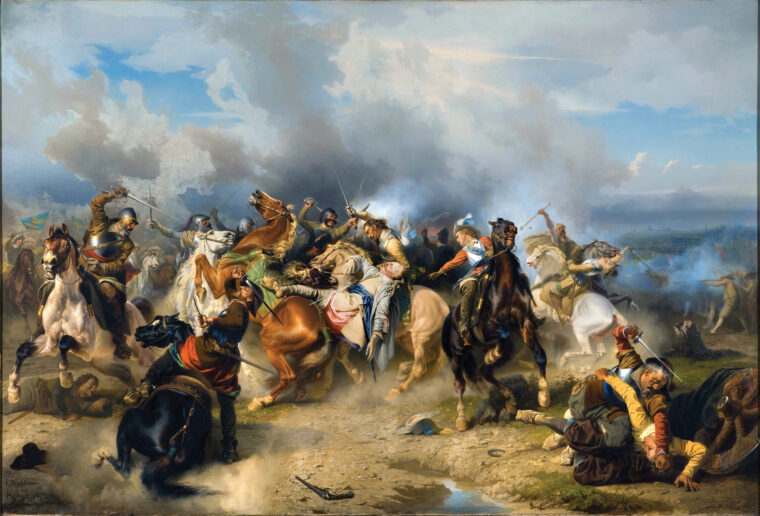
King Gustavus II Adolphus of Sweden rode forward confidently, digging his heels into Streiff, his war horse, signaling the animal to quicken his pace and jump the ditch that was just ahead. Read more
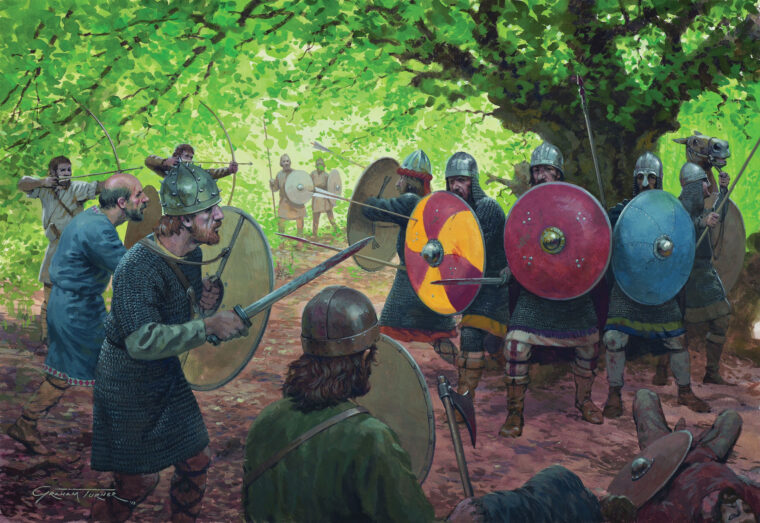
The Saxon warriors worked tirelessly from dawn to dusk atop the mountain felling trees, cutting them into logs, and adding them to the field fort they were building on a flat spur of the Suntel Mountains in the heart of their homeland. Read more
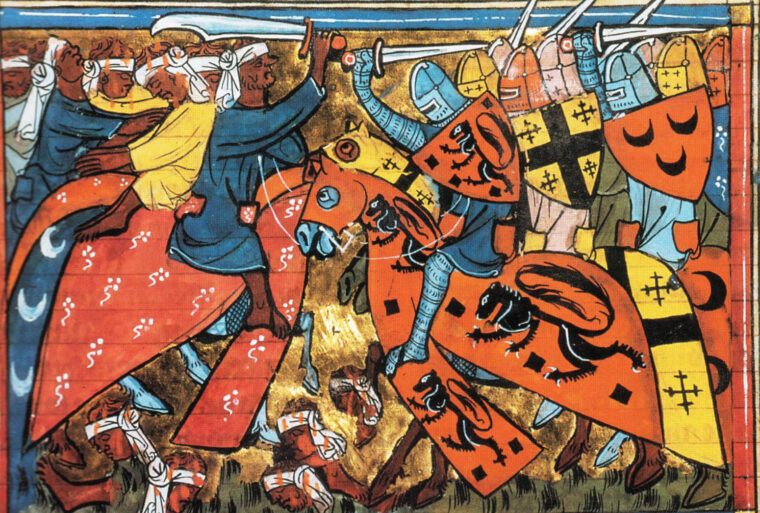
On the coat of arms of Finland, a crowned lion tramples upon a curved sword with his hind paws while brandishing a straight sword in his right forepaw. Read more
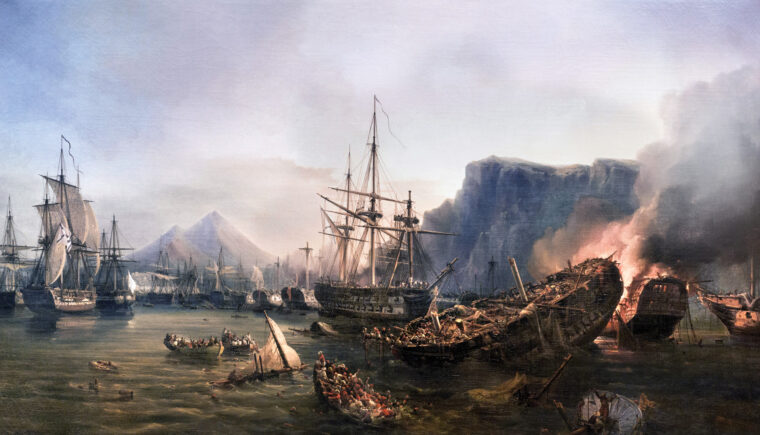
At 2 PM on October 20, 1827, Allied squadrons sailed into the Bay of Navarino on the west coast of the Peloponnese peninsula. Read more

The wide tracks of Soviet T-34S and colossal KV-1S crunched through the snow. Night had fallen west of Belgorod on March 15, 1943. Read more
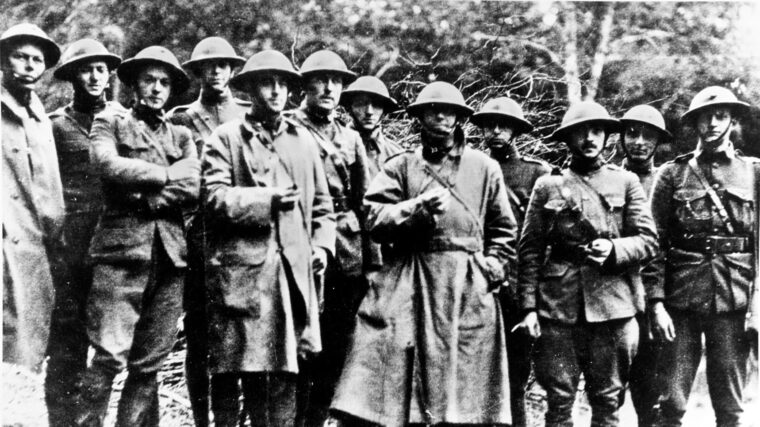
The sun shone brightly overhead as the thin line of U.S. Marines lay in a beet field in France. Read more
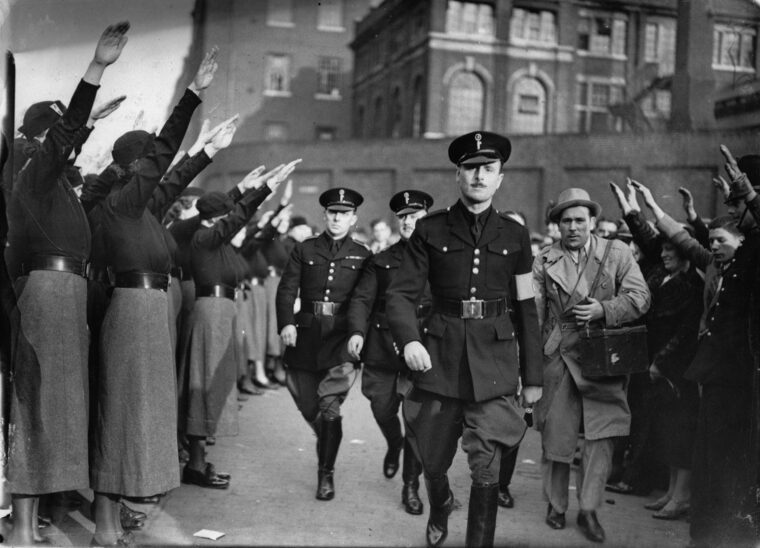
The most famous of the English-Language radio broadcasters from Nazi Germany was Brooklyn, New York-born William Joyce, known by the disparaging moniker Lord Haw Haw. Read more
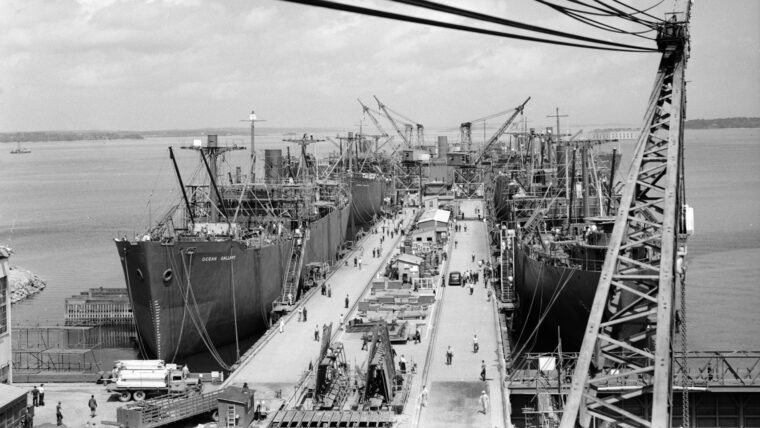
On March 14, 1988, a solemn ceremony took place at Arlington National Cemetery. Resplendent in their white caps and dress blues, the Marine body bearers laid to rest the ashes of Ernest Cuneo in the Columbarium with full military honors. Read more
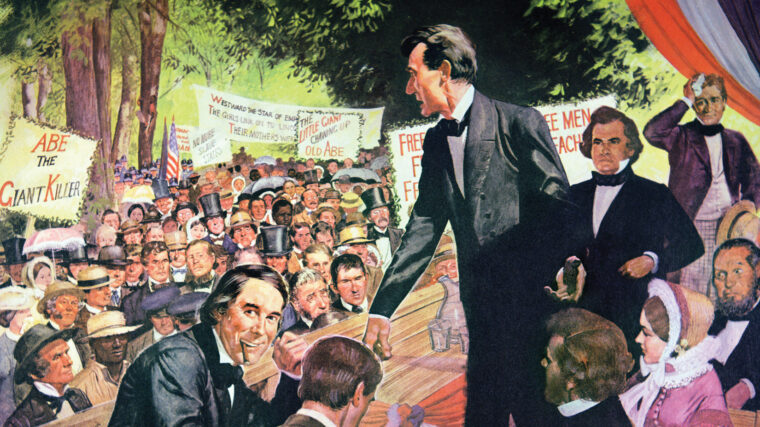
The two men facing each other across the debate stage at Ottawa, Illinois, on the afternoon of August 21, 1858, were no strangers to one another. Read more